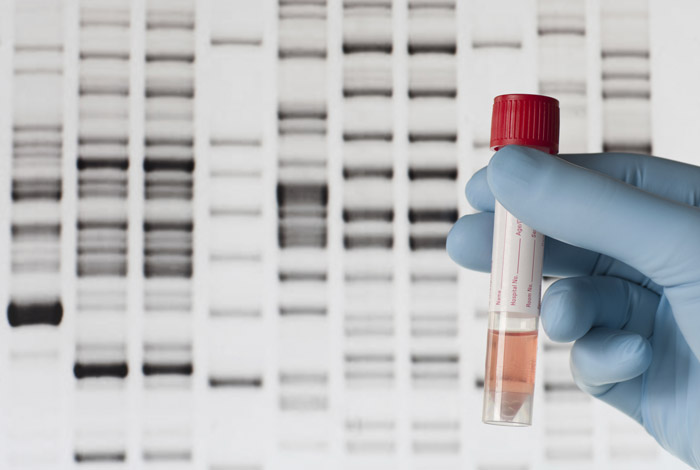DNA ancestry tests from services like 23andMe, AncestryDNA, Family Tree, and MyHeritage are becoming increasingly popular methods of delving into our genetic histories, often at steep prices. While their methods used to retrace an individual’s ancestry may vary, each compares the genomes of their customers using DNA databases.
Ancestry tests owe their existence, and success, to genome sequencing that allows scientists to discover the order of the nucleotides that make up the DNA of an organism.
“The human genome can be thought of as a long molecule which forms a chain of three billion letters, which we label A, C, G, and T,” Simon Gravel, assistant professor in McGill’s Department of Human Genetics, said in an interview with The McGill Tribune. “Most of those are the same across […] every human on the planet. There are a few differences here and there, about one in a thousand, roughly, between any two genomes.”
The human genome was first sequenced successfully in 2003. Since then, hundreds of thousands of human genomes have been sequenced. This practice has in turn allowed scientists to identify places in the genome that are variable across individuals.
Larger companies like 23andMe and AncestryDNA use genotyping chips—a technology that measures the genome of one person at around one million positions along a chain of nucleotides. Genotyping chips allow one person’s DNA to be compared to another’s. Other companies, such as the San Francisco-based startup Genos, sequence the person’s entire genome instead.
Unfortunately, the industry overall does not always operate in the interest of providing customers with their genetic history. Companies often sell genetic information to pharmaceutical companies for research. Good companies will disclose all potential uses, so it’s important for customers to look at the contractual clauses of the service they’re using.
“It’s a race between [AncestryDNA] and [23andMe] about who’s going to get the most customers,” Gravel said. “And the more customers you have, the better your results are for ancestry and things like that, but also the more you can make money on the back end.”
Accuracy is assured by using simulations of genomes that are developed and then reproduced after accounting for possible issues in the system. A good way of testing for fraudulent companies—which often return random results and don’t ask for their clients’ permission to sell their genetic data—is by comparing the results that they give for twins, who should receive identical results. If the company is committing fraud, the twins’ results will not be the same.
Generally speaking, genetic testing companies attempt to guess where an individual’s ancestors might have lived hundreds of years ago; before diasporas and diffusion. According to Gravel, this works well when tracing ancestry at the continent-level. Matching an individual’s DNA with that of people who come from or live in Europe, for example, leads to the reasonable conclusion that the individual has European ancestors. At the country-level, however, there is some inaccuracy—after all, people move around in Europe quite a bit.
“You have to go back 600 years and know exactly where all the ancestors of this person lived,” Gravel said. “And usually for the vast, vast majority of people, we don’t have this information.”
Accuracy also varies based on the individual’s background. For example, commercial tests don’t have a large record of genomes from First Nations individuals, so the accuracy in retracing the ethnicity of customers with First Nations history is not very high. The same is true for medical research.
“Because genetic researchers have tended to focus more on people of European ancestry, […] if you try to predict a disease from genetic data, you’re going to do a better job in Europeans than in other populations,” Gravel said.
Ultimately, companies like 23andMe and AncestryDNA have similar accuracy overall, but differ slightly in their results because they use different DNA databases. And while you may be 35 per cent South American, a genetic test won’t be able to tell you that your great-great-grandmother’s side of the family hailed from a tiny town in Uruguay. However, with the help of personal family records, genome sequencing might help you reach similar conclusions or confirm your suspicions.









